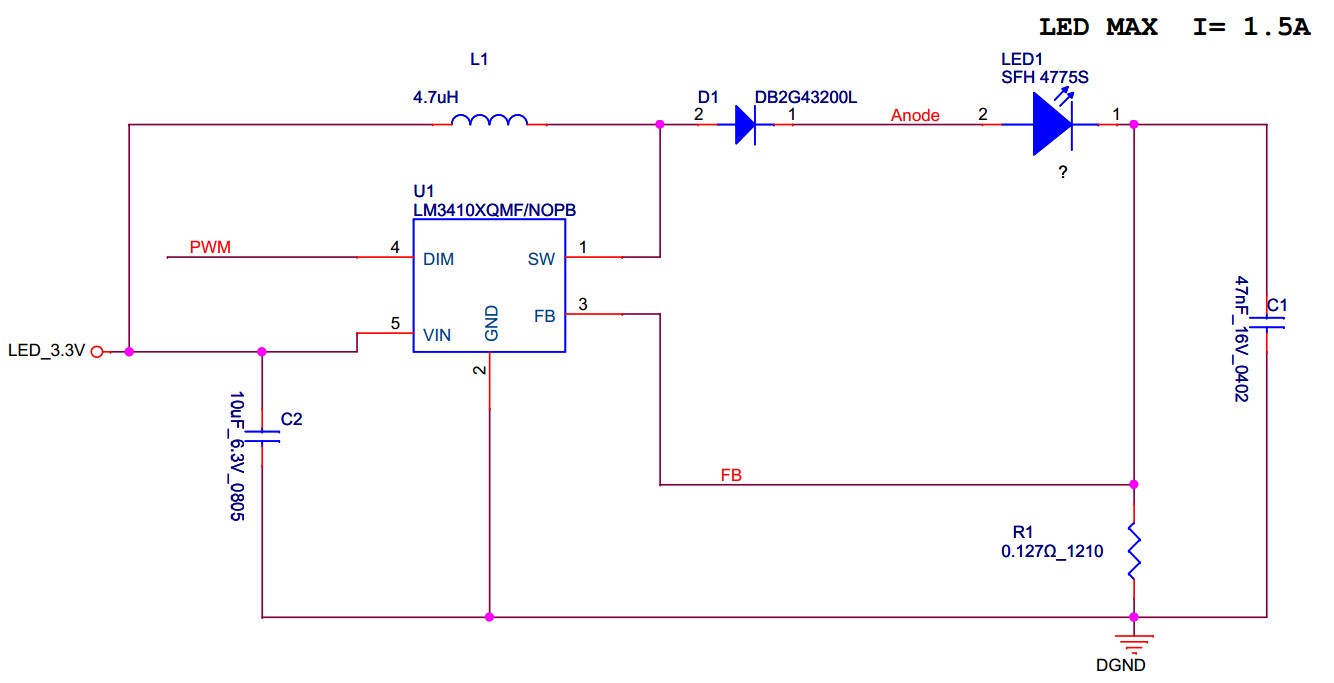Hi Team,
Please kindly help to check the schematic, especially the output capacitor.
We think the output capacitor nF level is very small in common DC/DC application, but according to equation28,30 in data sheet, the result is nF.
Our Vin=3.3V. LED VF as below, Vout=4.04V. Efficiency=0.9. Fsw=1.6M. LED dynamic resistance=2.
Thanks



